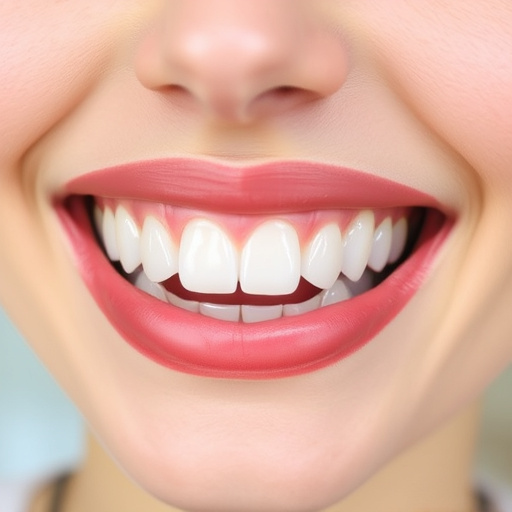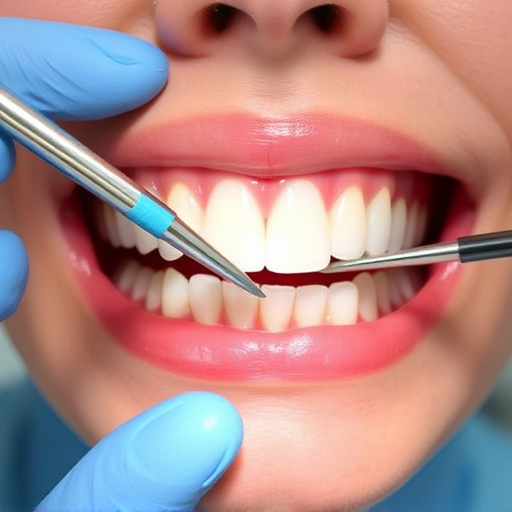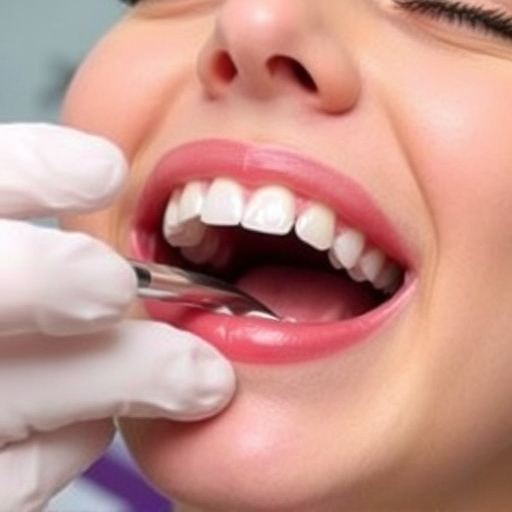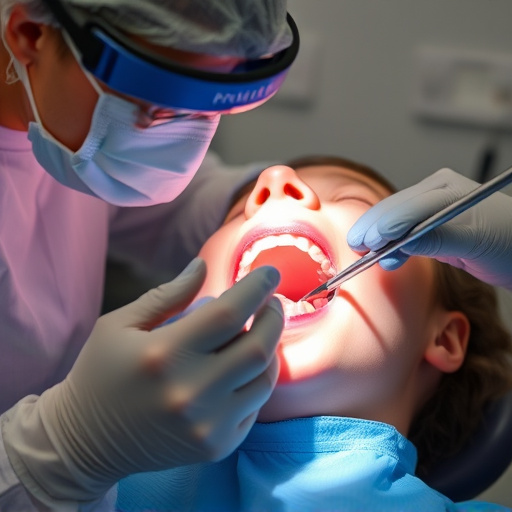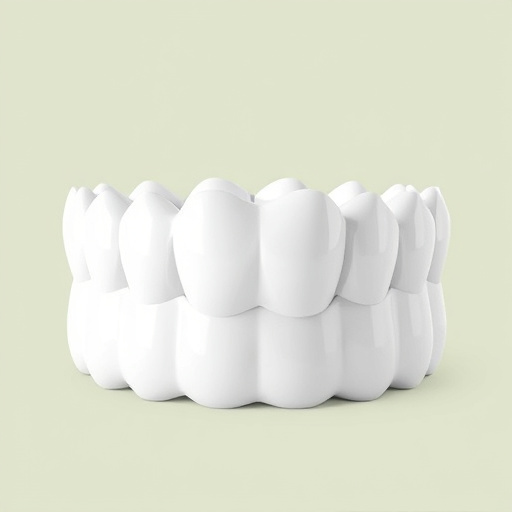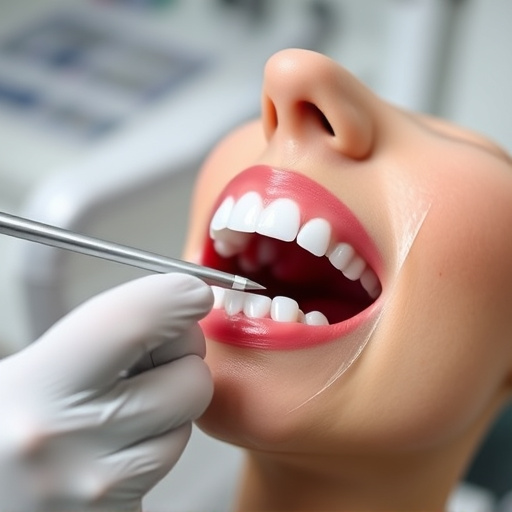Dental sealants for teeth offer significant protection against decay but wear over time. Reapplication during regular check-ups, along with good oral hygiene, is key to maintaining their effectiveness. This proactive approach, including thorough cleanings and needed touch-ups, reduces cavity risk and preserves overall oral health.
Dental sealants for teeth are an effective way to protect against tooth decay, especially in children. However, these protective coatings can erode over time, leaving teeth vulnerable. Understanding sealant erosion and its impact is crucial. This article guides you through the reapplication process, offers a step-by-step guide, and highlights the benefits of regular dental sealant maintenance for optimal oral health.
- Understanding Dental Sealant Erosion and Its Impact
- Reapplication Process: Step-by-Step Guide
- Benefits of Regular Dental Sealant Maintenance
Understanding Dental Sealant Erosion and Its Impact
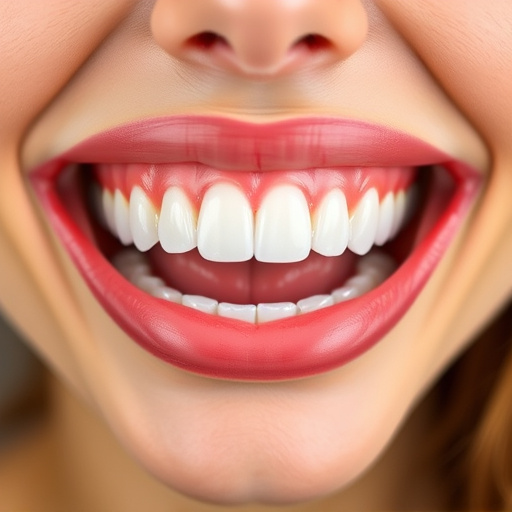
Dental sealants for teeth are designed to protect the chewing surfaces of molars and premolars from decay-causing bacteria. However, over time, these protective coatings can erode due to various factors such as diet, oral hygiene practices, and even natural wear and tear. Understanding dental sealant erosion is crucial in knowing when reapplication may be needed. As sealants wear down, the underlying tooth structure becomes vulnerable to cavities, leading to potential pain and more extensive dental work later on.
While many people think of dental bonding or even wisdom tooth removal as solutions for decayed teeth, proactive measures like reapplying dental sealants can be a more effective and conservative approach. Regular check-ups with a dentist allow for early detection of sealant erosion, enabling timely reapplication to maintain optimal oral health. This simple procedure ensures continued protection against cavities, promoting better overall dental health.
Reapplication Process: Step-by-Step Guide
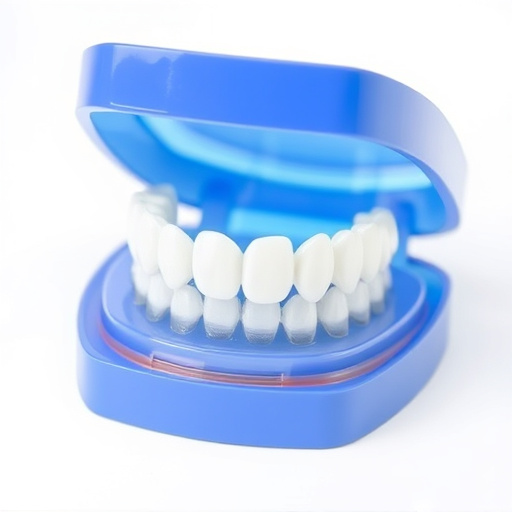
Reapplying dental sealants is a straightforward process that can be performed by your dentist or hygienist during a regular check-up. Here’s a step-by-step guide to help you understand the procedure:
1. Preparation: Start with proper teeth cleaning, ensuring the teeth are free of plaque and debris. This might involve using dental tools to thoroughly clean the surface where the sealants will be applied.
2. Assessment: Your dentist will examine the existing sealants to determine their condition. They’ll look for signs of wear or chipping and assess if reapplication is necessary. The health of your teeth and gums is crucial in this step, as any issues will be addressed before proceeding.
3. Etching: A small amount of a special gel is applied to the tooth surface, which etches the enamel slightly. This creates tiny rough patches that help the sealant adhere better.
4. Sealant Application: The dentist will then carefully apply the dental sealant, often using a light or specific cure method to harden it quickly. This process ensures the sealant forms a protective barrier over the tooth’s chewing surface.
5. Post-Care: After reapplication, your dentist might recommend avoiding certain foods and beverages for a short while to allow the sealants to set properly. Regular teeth cleaning and dental check-ups become even more vital after this procedure to maintain the effectiveness of the sealants.
Remember, maintaining a good oral hygiene routine, including regular visits to your family dentistry practice, will help extend the life of your dental sealants for teeth and keep your smile healthy. Even with clear aligners, proper teeth cleaning remains essential for overall oral health.
Benefits of Regular Dental Sealant Maintenance
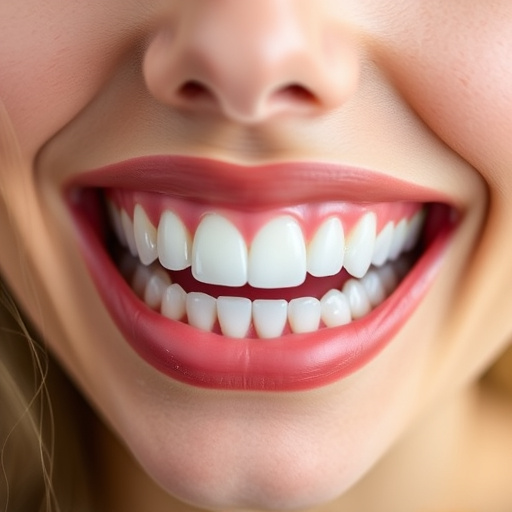
Maintaining dental sealants is an essential part of preventive dentistry. Regular dental cleanings allow dentists to inspect the condition of these protective coatings and reapply them as needed, ensuring long-lasting protection against tooth decay. By keeping dental sealants in top shape, individuals can significantly reduce the risk of cavities forming, especially on molars where sealants are commonly applied.
This proactive approach to preventive dentistry not only saves time and money in the long run but also keeps teeth healthy and strong. During routine dental cleanings, your dentist will assess the integrity of the sealants and perform any necessary touch-ups or reapplication. This simple procedure can make a big difference in oral health, especially when combined with proper oral hygiene practices and regular dental fillings for any areas that may have become compromised over time.
Dental sealants for teeth offer long-lasting protection against decay, but over time, they can erode and lose their effectiveness. Regular reapplication is a simple yet powerful way to maintain optimal oral health. By understanding the erosion process and following a straightforward reapplication guide, individuals can ensure their teeth remain shielded from cavities and other dental issues. This proactive approach to dental care highlights the importance of incorporating dental sealant maintenance into regular hygiene routines, ultimately contributing to a healthier, stronger smile.
